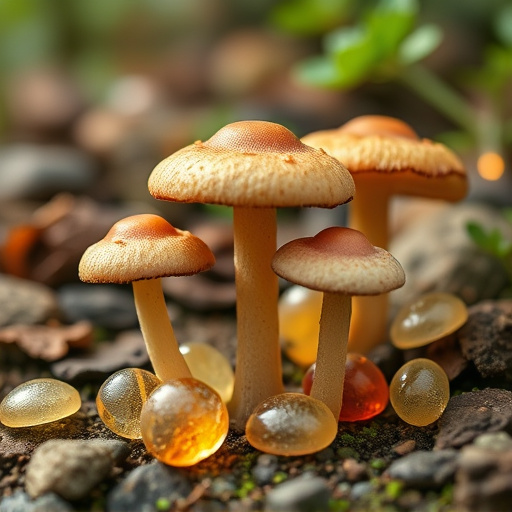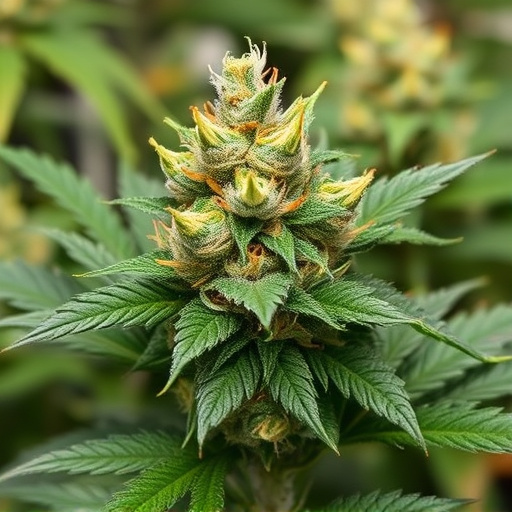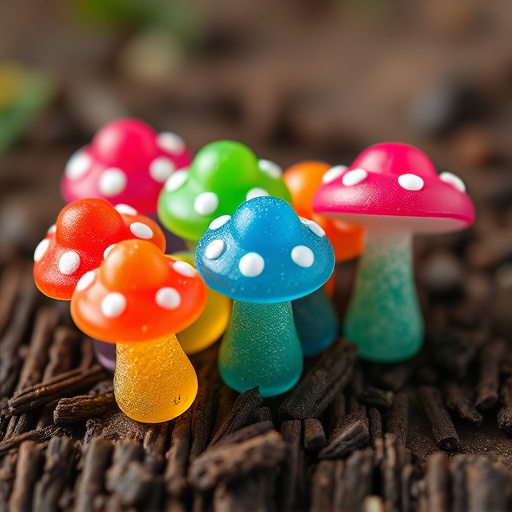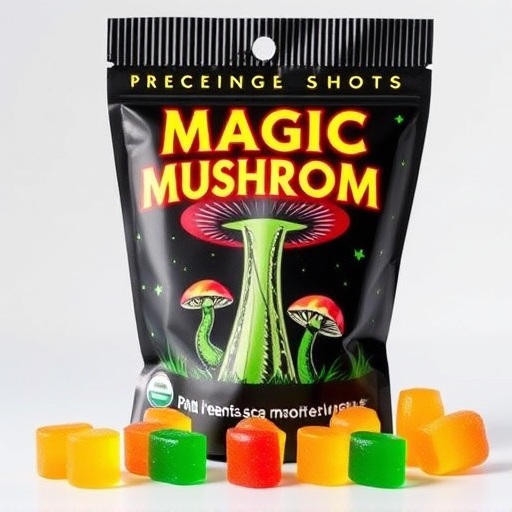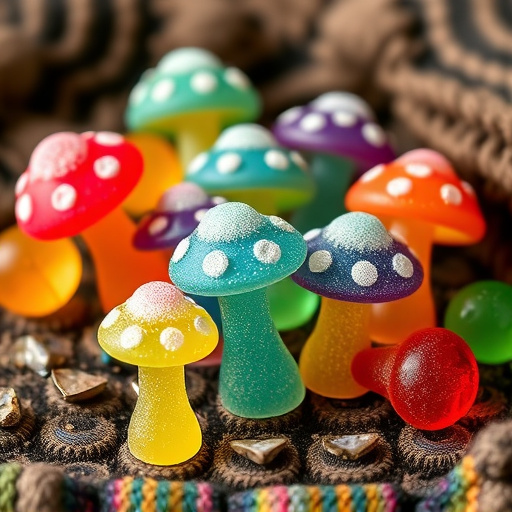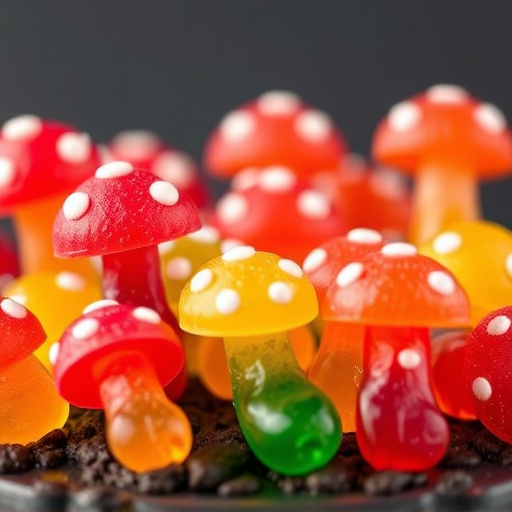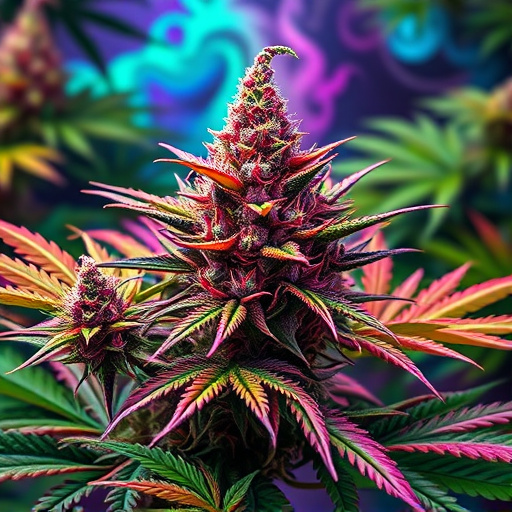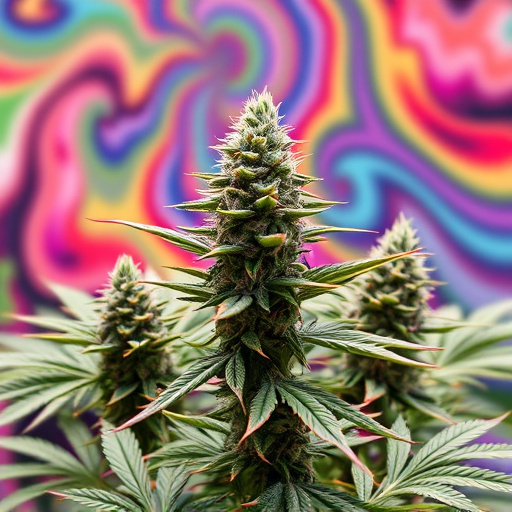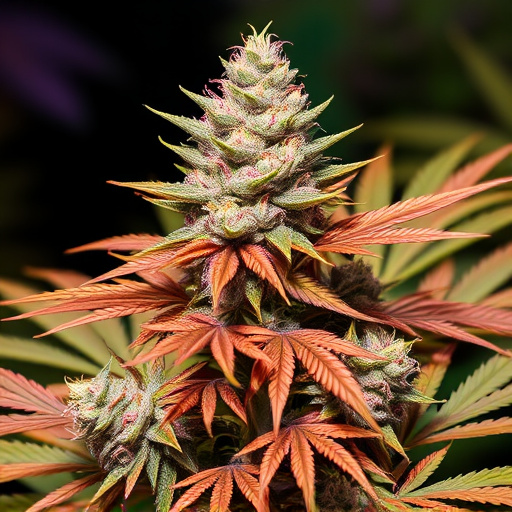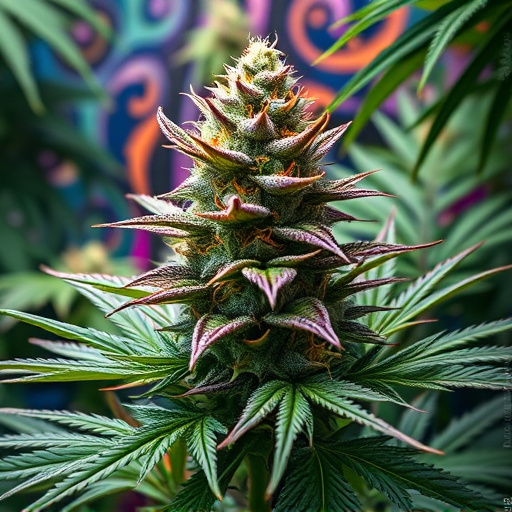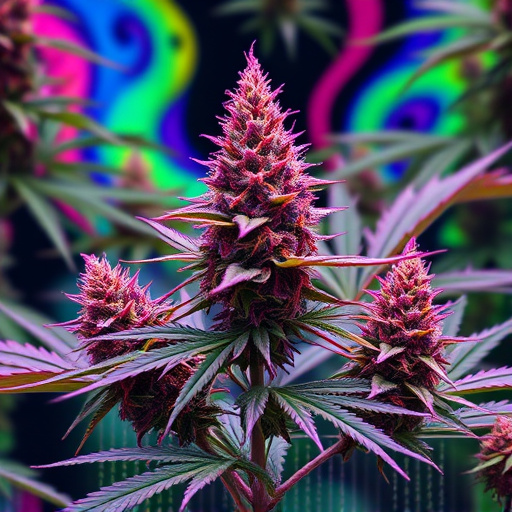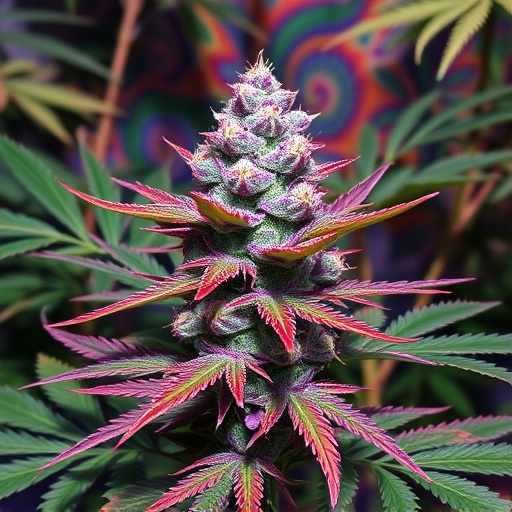TL;DR:
Psychedelic cannabis strains contain full-spectrum or isolated cannabinoids that interact with the body's endocannabinoid system. Full-spectrum products, retaining natural plant compounds, offer broader therapeutic benefits through the entourage effect. Isolated cannabinoids provide concentrated doses of single compounds but may lack complex interactions. Users report unique psychological effects from psychedelic strains, including enhanced creativity and altered perceptions, varying based on individual experiences and intended use.
In the realm of cannabis, understanding the distinction between full-spectrum and isolated cannabinoids is paramount for consumers seeking tailored experiences. This article delves into these nuances, offering insights into the unique characteristics and effects of each. From the bustling landscape of cannabinoid profiles to specific psychedelic cannabis strains, we explore how these variations impact perceived benefits. By grasping these fundamentals, folks can navigate the market with confidence, fostering a more informed approach to their well-being.
- Understanding Cannabinoids: The Basics
- Full-Spectrum vs. Isolated: Key Differences
- Psychedelic Cannabis Strains and Their Effects
Understanding Cannabinoids: The Basics
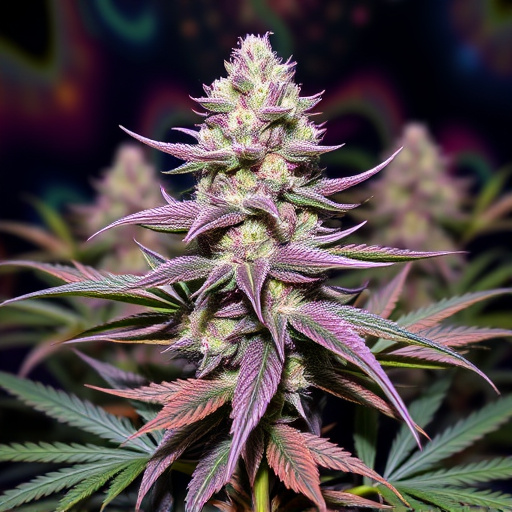
Cannabinoids are chemical compounds naturally found in psychedelic cannabis strains and other plants. They interact with our bodies’ endocannabinoid system, which plays a significant role in maintaining homeostasis – the body’s internal balance. Two primary types of cannabinoids are full-spectrum and isolated. Full-spectrum cannabinoids include a wide range of compounds present in the plant, mimicking the natural composition of psychedelic cannabis strains. This means they can offer a broader spectrum of potential therapeutic benefits due to the entourage effect, where various compounds work together to enhance each other’s effects.
In contrast, isolated cannabinoids are single compounds extracted from the plant and removed from other constituents. While this provides a more concentrated dose of a specific cannabinoid, like THC or CBD, it may not replicate the complex interactions that occur naturally in psychedelic cannabis strains. As such, isolated forms might offer targeted benefits but could potentially lack the full range of effects experienced through full-spectrum consumption.
Full-Spectrum vs. Isolated: Key Differences
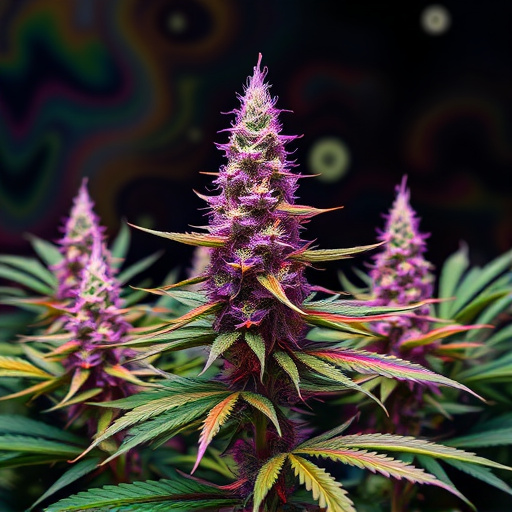
When discussing psychedelic cannabis strains, understanding the distinction between full-spectrum and isolated cannabinoids is essential. Full-spectrum products contain a wide range of cannabinoids, including THC, CBD, and other minor compounds found naturally in the plant. This preserves the original chemical makeup of the strain, potentially offering a more holistic therapeutic effect. In contrast, isolated cannabinoids are pure substances extracted from the plant, focusing on a single compound like CBD or THC. While providing a more concentrated dose, isolated forms may not replicate the complex interplay of chemicals present in full-spectrum products.
Full-spectrum advocates argue that the entire spectrum’s presence is crucial for the entourage effect, where different cannabinoids enhance each other’s effects. On the other hand, isolated supporters claim that specific compounds can be targeted for precise desired outcomes without the added complexities. The choice between full-spectrum and isolated depends on individual preferences, desired effects, and personal experiences with psychedelic cannabis strains.
Psychedelic Cannabis Strains and Their Effects
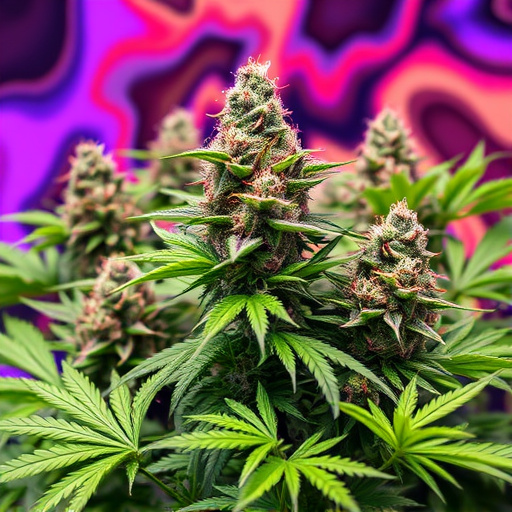
Psychedelic cannabis strains have gained significant attention due to their unique effects that go beyond traditional medical benefits. These strains contain elevated levels of cannabinoids like tetrahydrocannabinol (THC) and cannabidiol (CBD), but also a rich profile of other minor compounds, including terpenes and flavonoids. The combination of these elements creates potent psychedelic experiences often associated with enhanced creativity, altered perception, and profound personal insights.
Users report that psychedelic cannabis strains can evoke intense visual and auditory hallucinations, as well as heightened emotional sensitivity. They may encourage a sense of detachment from reality, fostering a state of mind conducive to introspection and self-discovery. However, it’s important to note that the effects can vary widely depending on individual tolerance, setting, and expected outcomes. Some users appreciate the therapeutic potential for mental health support, while others engage with these strains primarily for their recreational and creative influences.
In comparing full-spectrum and isolated cannabinoids, it’s evident that both have their merits. Full-spectrum offers a holistic approach, providing a range of compounds found naturally in cannabis, including trace minerals and terpenes, which contribute to its therapeutic potential. Isolated cannabinoids, on the other hand, provide pure, concentrated forms of specific compounds like THC or CBD, offering targeted effects. When it comes to psychedelic cannabis strains, understanding these distinctions is key to navigating their diverse effects. Full-spectrum strains may amplify psychedelic experiences, while isolated forms can offer more predictable, targeted outcomes. Ultimately, the choice depends on individual preferences and desired effects, with both options presenting valid paths to exploring the complex landscape of cannabinoids.
